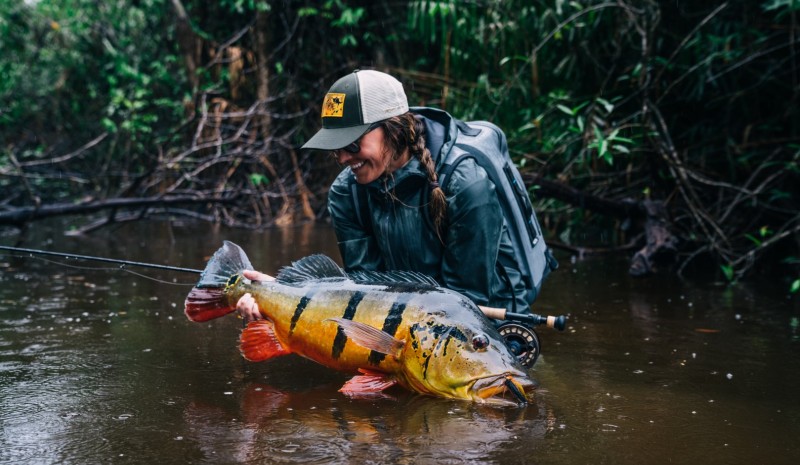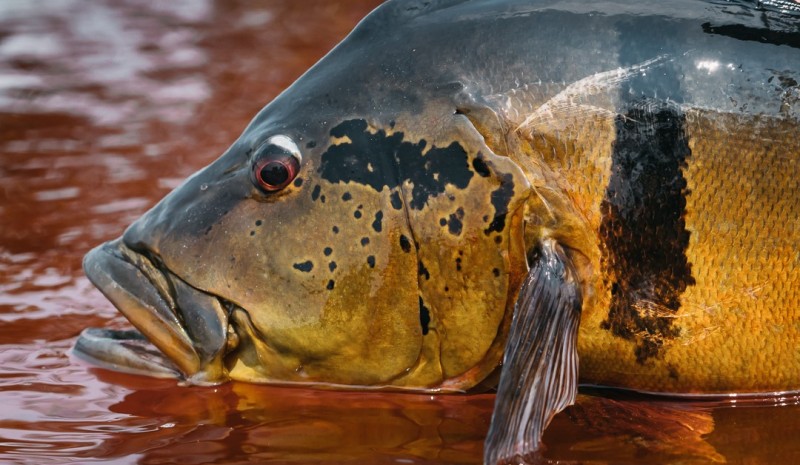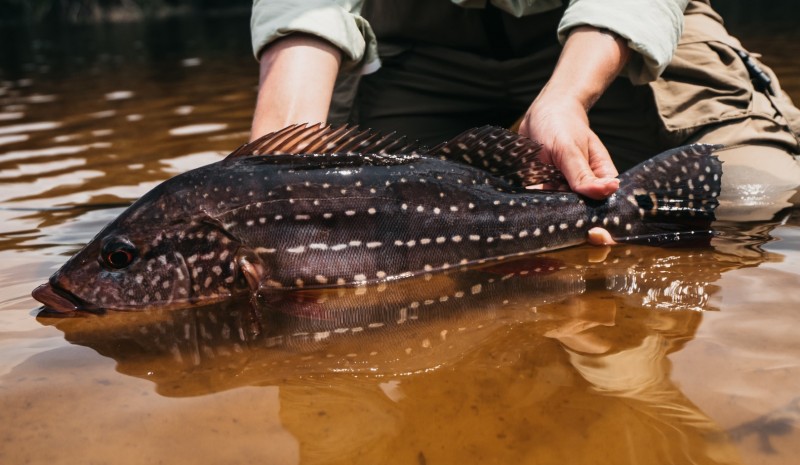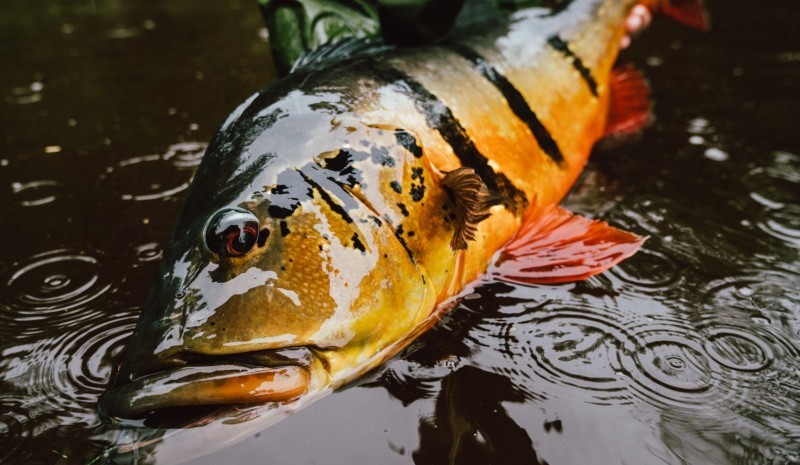Beyond Brazil, peacock bass fishing has gained popularity in various parts of the world, especially in the United States. Known as peacock bass, this species was introduced in Florida, where the climate has supported its growth and spread. Miami, Florida has become a prime destination for peacock bass fishing enthusiasts outside of the species’ natural habitat. Many anglers are drawn to experiences like “peacock bass fishing in Miami, Florida” or “peacock bass fishing trips”, travel packages specifically focused on fishing for peacock bass in this region. The fish is also popular in other areas, including Texas, which offers great fishing opportunities for this vibrant and challenging species.
Techniques and Baits for Peacock Bass Fishing
Peacock bass fishing requires specific techniques and baits. Among the most effective are peacock bass lures, designed to mimic the natural prey of this powerful fish. In Brazil, many anglers opt for artificial lures and peacock bass flies, which resemble small fish or insects that attract peacock bass. In areas like Rio Marié, anglers often use what is considered the best bait for peacock bass to increase their chances of success. In Florida, both local and visiting anglers use baits known as the best lures for peacock bass to ensure a good catch.
Where to Fish for Peacock Bass
For those wondering where to fish for peacock bass, the Amazon River and its tributaries, such as the Rio Marié, are the natural habitats of this iconic species. However, anglers seeking adventures outside the Amazon will find an excellent alternative in South Florida, where the South Florida peacock bass population thrives, especially around Miami, where the species has adapted well. These fish can also be found in other regions with tropical climates that support the growth of peacock bass populations.
Species
There are more than 15 described species of peacock bass, (Cichla genus) in South America, and this family of fish has a very complex reproductive cycle. In addition to reproduction, their adaptive feeding behavior is remarkable when compared with other fish in the Amazon.
The peacock bass is a territorial fish and preferentially inhabit lentic environments like lakes and lagoons, river margins, inlets or lagoons connected to rivers by wide mouths, backwaters of the river, and shallow areas with abundant structures and sand bars.
• Scientific nomenclature: Cichla Schneider, 1801; Tucunaré-açu/paca: Cichla temensis (Humboldt, 1821); Tucunaré-borboleta/botão: Cichla orinocensis (Humboldt, 1821)
• Common names: peacock bass (USA), tucunaré (Brazil), pavón (Colombia and Venezuela)
Giant Bass
The largest and most powerful peacock bass species is the Cichla Temensis. These fish can reach up to 30 pounds, and they are found in entire Negro River Basin – the black tannin water river system. According to some accounts by riverside dwellers of the Negro River Basin, this species may reach, and rarely exceed, the 15 kilo limit.
The current Rio Marié record fish are: Weight: 28.5 lbs for weight (2018), Length: 92 cm. (2022).
Fish Biology
The peacock bass species (Cichla spp.) are among the most important South American fish used for both sustenance and sport fishing. Some easily observable features are used in the identification of the genus: the shape of the dorsal fin, which is unique among South American cichlids, and the presence of a conspicuous eye-like spot at the base of the caudal fin, which mimics a false eye . The peacock bass has an elongated and moderately tall body, which may be three to five times its length.
Colors
There are two distinctive color phases for the Temensis species. One is the speckled color, (“Paca” in Brazil) found in all Temensis species at non-spawning periods. The other famous species is the “Açu” (or Three Bar) color, typical of the spawning phase period and well known by the three vertical black stripes. This color changing process is gradual and generates one of the most amazing color varieties on a fish an angler can see.
Feeding Behavior
They prey on other fish, eating a large variety of species, including their own; they may also prey on shrimps, insects and other arthropods during their juvenile stage. The species of Cichla exploit the resources which are available to them in the environment, displaying opportunistic behavior that is characteristic of the feeding style they engage in as mature fish. Their activity is boosted during days with higher temperatures and higher light intensity, which are concentrated during the period between 9 AM and 3 PM.
Spawning
Peacock bass spawning is performed in a fragmented fashion, with its peak at the end of the dry season and the onset of the rainy season (floods), although they are able to reproduce throughout the whole year. They do not undergo reproductive migrations. These fish dig nests at the bottom of river banks, where they transfer the newly hatched fry, depositing them on the surface of tree trunks or rocks. The Temensis peacock bass are extremely territorial and during spawning periods can stay for weeks in the same nest area protecting their hatch. Their behavior can turn very aggressive when other predators try to attack their juvenile nursery areas.
If you want to read more about the travel, logistics, gear of this incredible experience, check out our travel planner.














